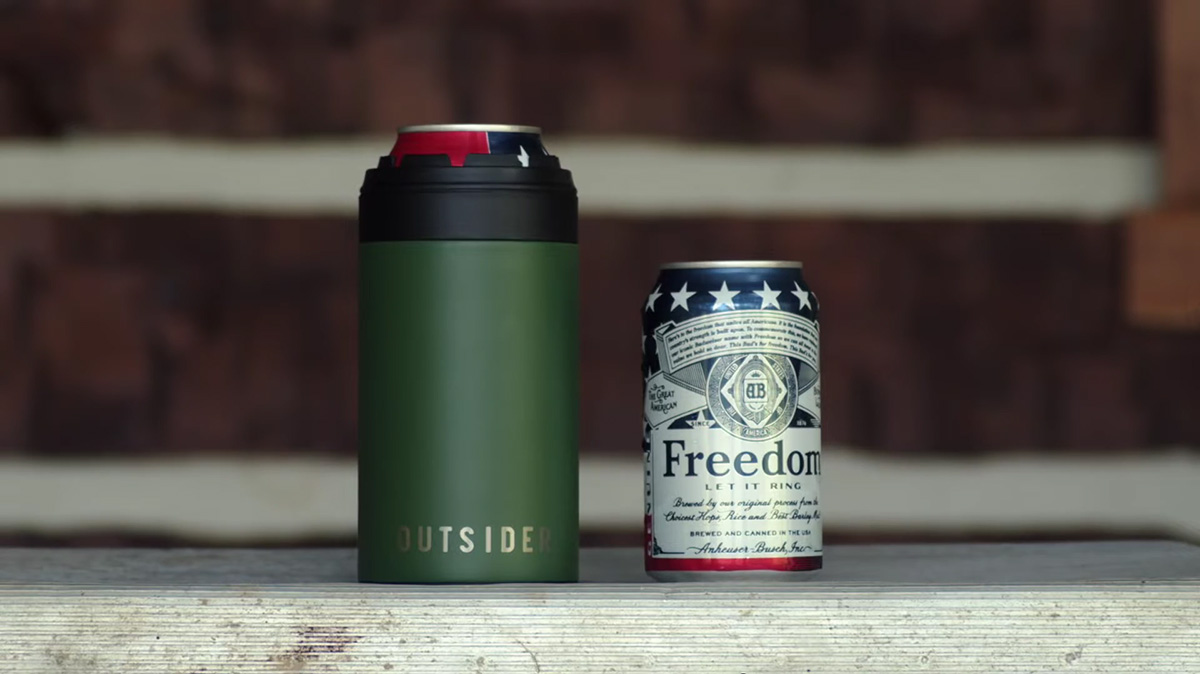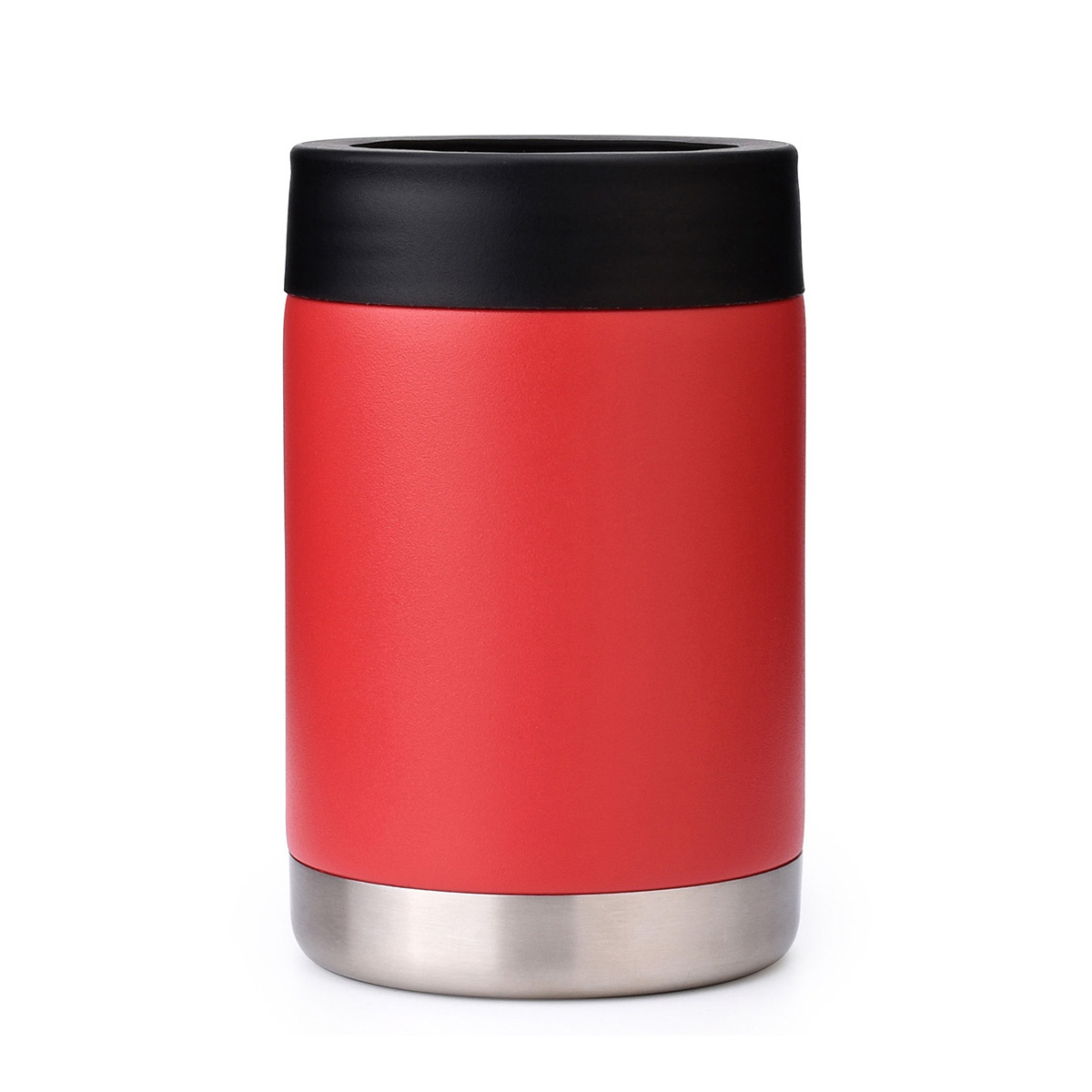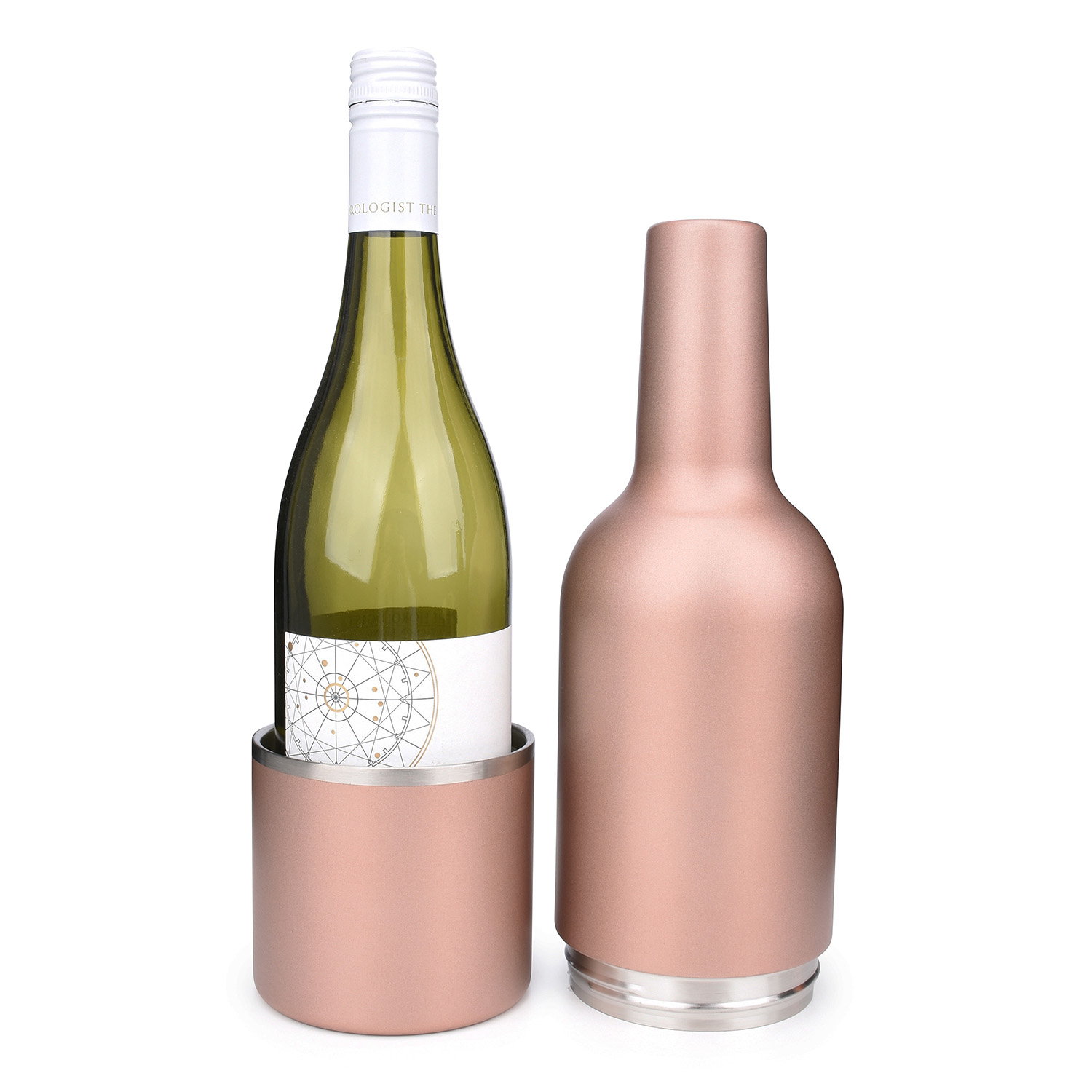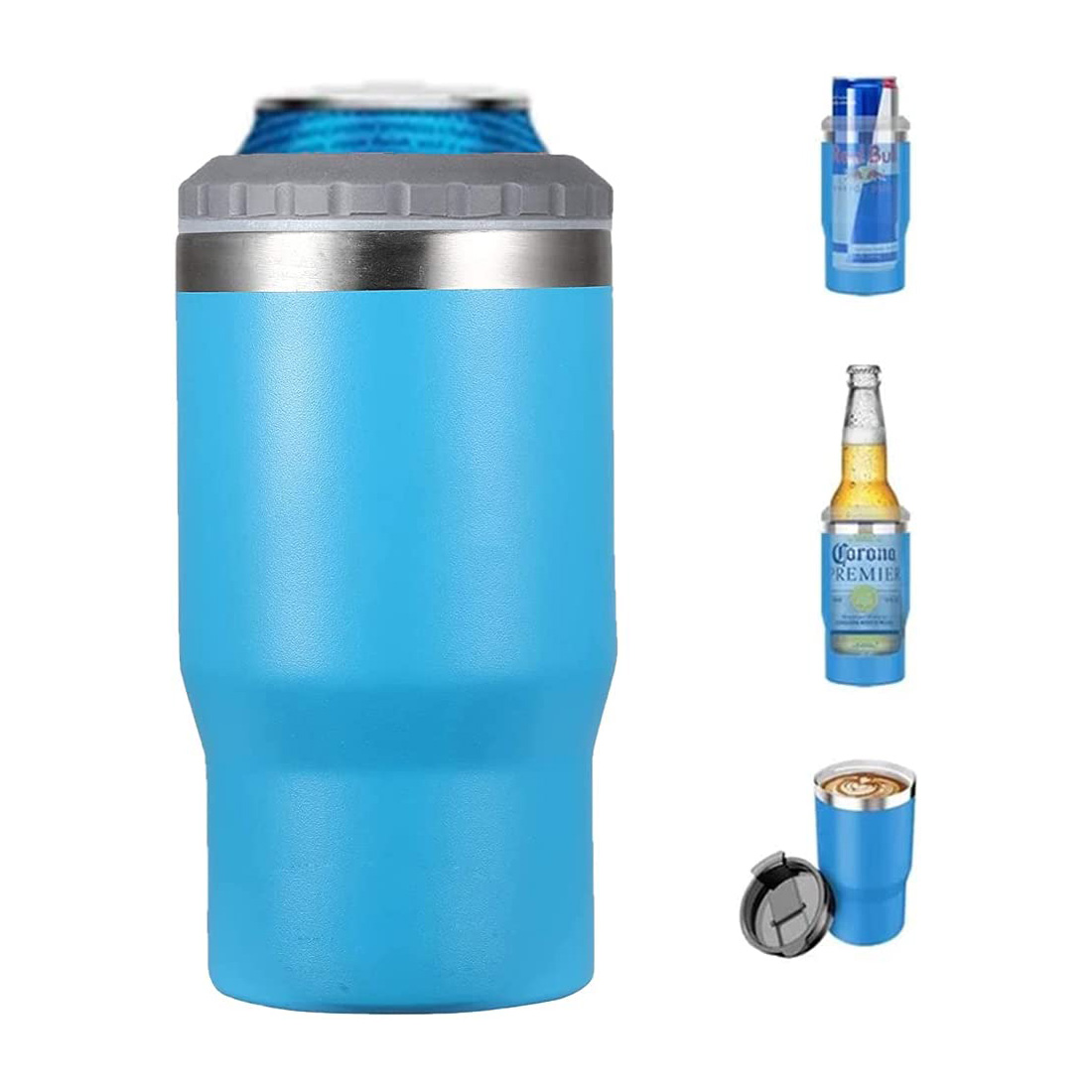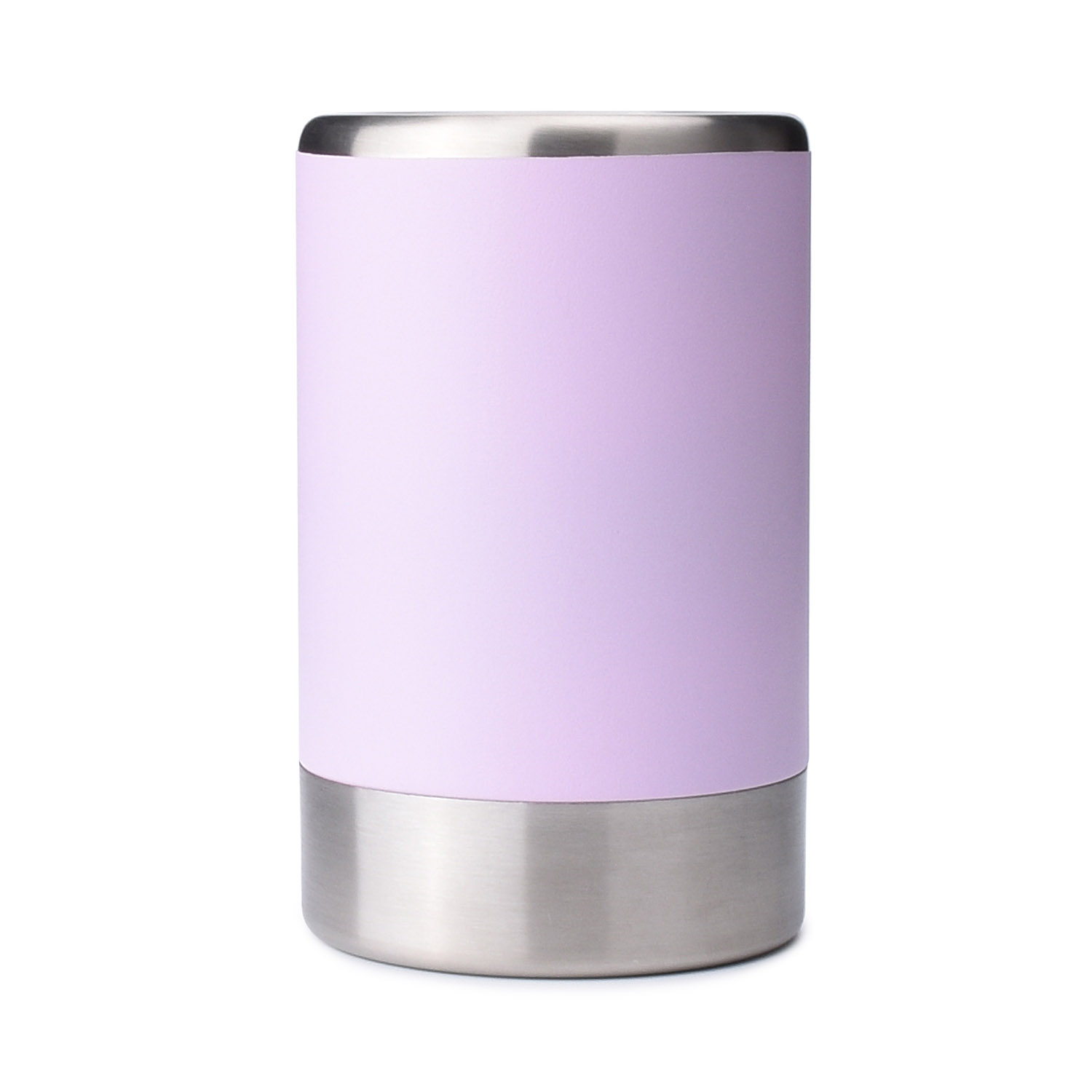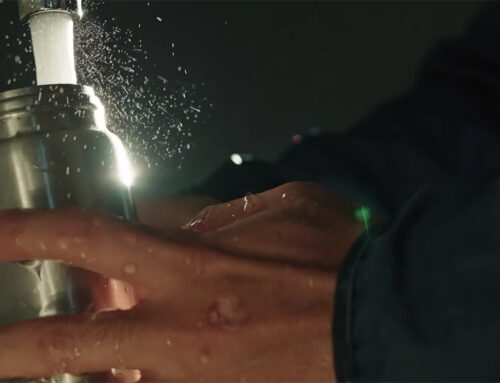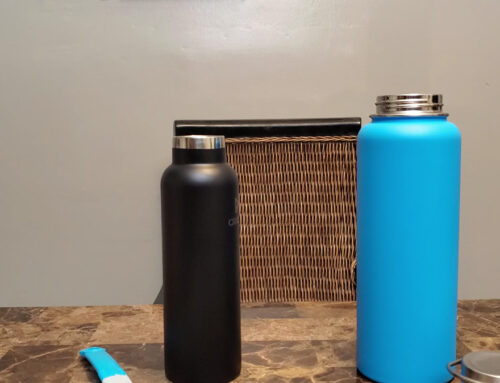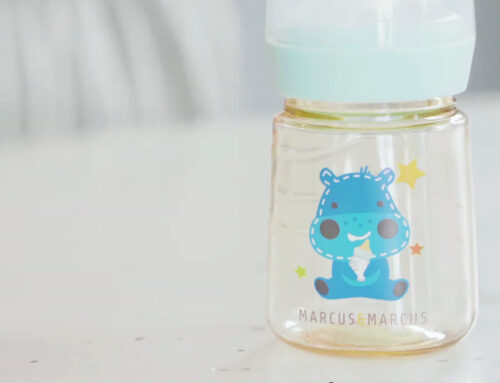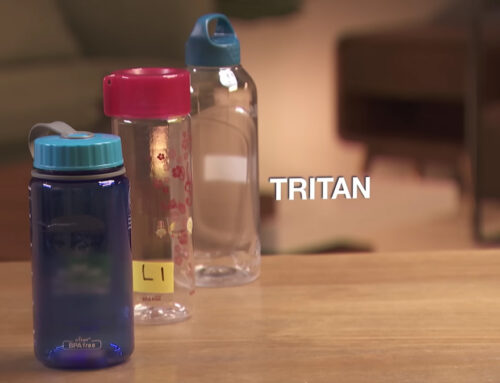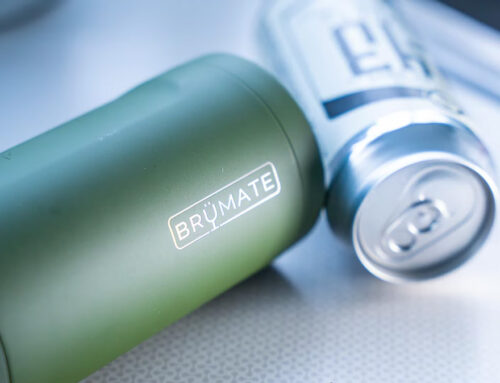Where to purchase premium can coolers in bulk with good pricing? How does insulated can cooler work? Perhaps this is a question that any new buyer will ask.
This simple sleeve might seem like just a fun accessory, but it’s actually a cleverly designed tool rooted in science. As the leading wholesale custom koozie manufacturer, we will show you the fascinating world of heat transfer, insulation, and the ingenious design behind the koozie. By the end, you’ll not only understand how it works but also appreciate why this little gadget is a must-have for keeping your drinks perfectly chilled. Let’s get started!
What Is an Insulated Can Cooler (Koozie)?
A can cooler is a sleeve that wraps around a can or bottle to insulate it and slow down heat transfer, keeping drinks colder for longer. In some regions, it is also called hugger, jacket, coolie, cozie.
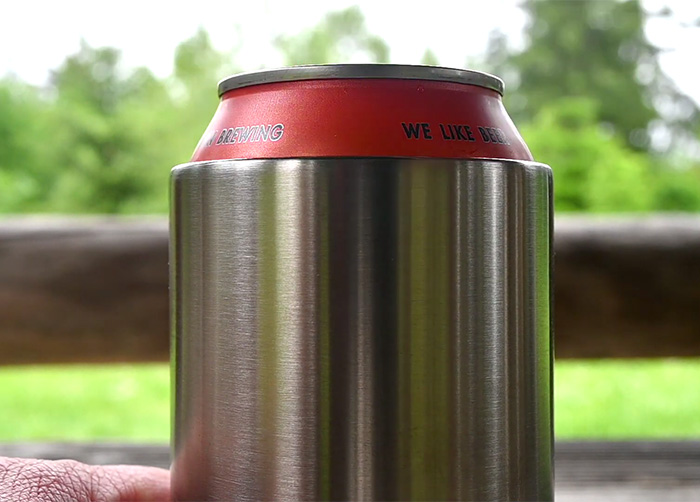
Invented in the 1980s, koozies were designed to prevent drinks from warming too quickly. Originally made from foam, they have since evolved into high-performance versions using neoprene and stainless steel.
Koozies are perfect for BBQs, beach days, picnics, and outdoor events, keeping drinks cold even in the sun. They are also popular for everyday use and as customizable promotional items.
How Does an Insulated Can Cooler (Koozie) Work?
1. Heat Transfer
Heat always moves from warmer areas to colder ones. When you take a cold drink outside, heat from your hand, the air, and even the sun begin warming it up. Koozies work by reducing this heat transfer through three main pathways:
- Conduction: Heat moves through direct contact. When you hold a can, your body heat transfers into the metal, warming the drink. The koozie creates a barrier between your warm hand and the can, preventing direct heat transfer.
- Convection: Heat transfers through air or liquid movement. Warm air circulates around an unprotected can, gradually increasing its temperature. A can cooler blocks warm air from touching the can’s surface, reducing heat exchange through air movement.
- Radiation: Heat travels through electromagnetic waves. If a can sits in the sun, it absorbs heat and warms up quickly. Some koozies, especially those with reflective coatings or stainless steel layers, help deflect radiant heat, slowing the warming process.
By slowing down all three types of heat transfer, a koozie keeps your beverage cold for a longer time.
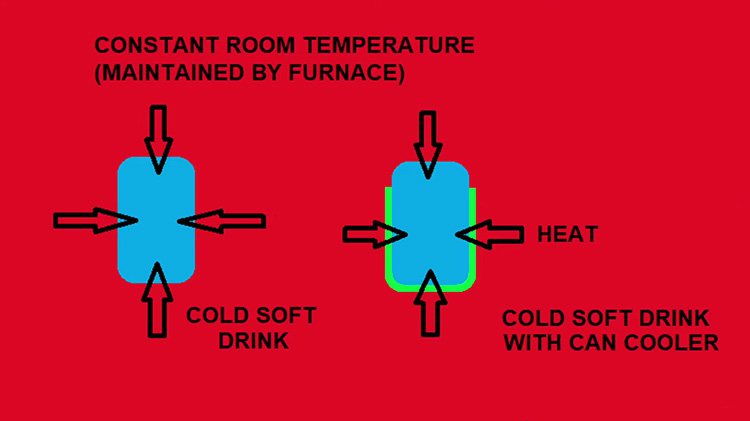
2. Insulation
A koozie slows down heat transfer to keep beverages cold. Without insulation, heat from your hand, the air, and surrounding surfaces quickly warm up the drink. Koozies act as a protective layer, reducing the rate at which heat reaches the can.
Materials Used in Koozies
- Neoprene: A flexible, durable material that provides excellent insulation.
- Foam: Lightweight and affordable, commonly used for budget-friendly koozies.
- Stainless Steel: Premium option with vacuum insulation for maximum temperature retention.
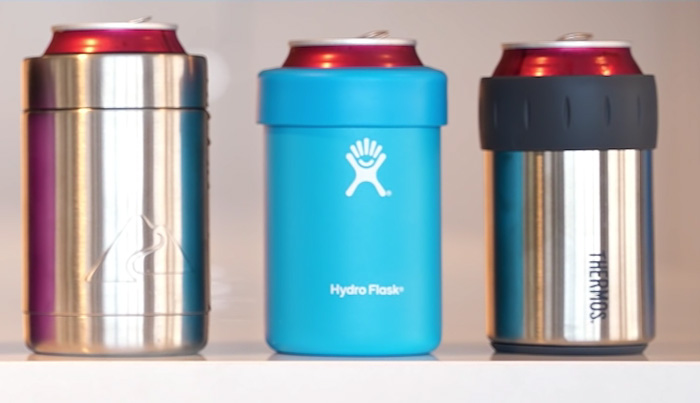
By combining these insulation methods, koozies extend the chill time of your drink, making them essential for warm-weather enjoyment.
Types of Can Coolers
First, insulated can coolers are typically made from stainless steel, as they can keep drinks icy cold for hours, even in hot conditions. Built to last a lifetime, double-walled insulated koozies resist dents, rust, and wear. Constructed with two layers of stainless steel and a vacuum-sealed gap in between, they virtually eliminate heat transfer via conduction and convection. The reflective metal surface also deflects radiant heat (like sunlight) away from the can.
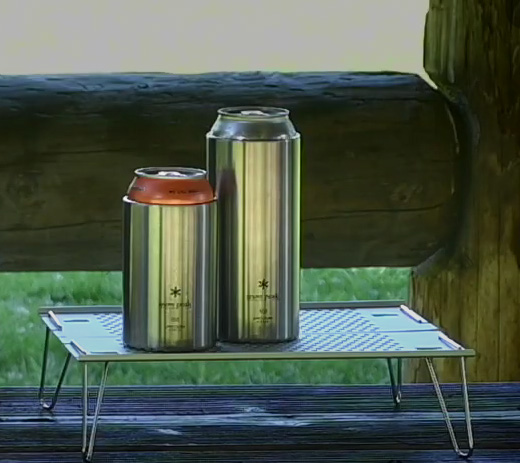
Second, foam koozies are the classic choice—simple, lightweight, and budget-friendly. Made from materials like polyethylene or EVA foam, these sleeves work by trapping tiny air pockets within their structure. Since air is a poor conductor of heat, this design slows down warmth from your hand or the surrounding environment from reaching the can.

Third, neoprene (the same material used in wetsuits) takes insulation up a notch. These koozies are thicker, stretchier, and more flexible than foam, molding snugly around your can or bottle. The tight fit minimizes air circulation (reducing convection), while the dense material blocks heat transfer through conduction.
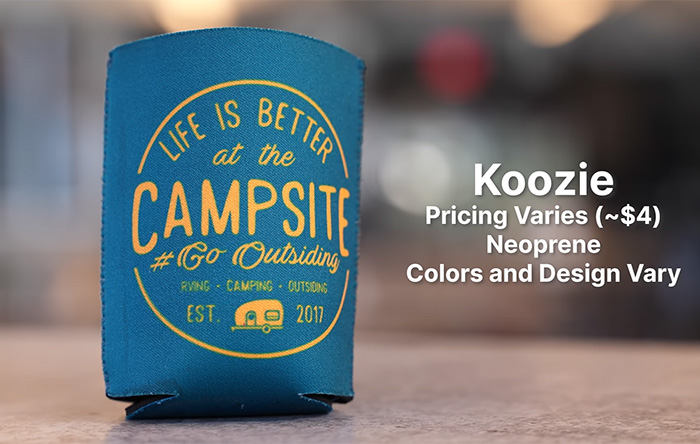
Each material works differently, but all help slow heat transfer, allowing you to enjoy a cold drink for longer.
Tips for Maximizing Koozie Effectiveness
Whether you’re lounging at the beach, grilling in the backyard, or enjoying a picnic, a can cooler can be your best ally for keeping drinks refreshingly cold. But not all koozies—or their users—are created equal. To get the most out of your insulated sleeve, follow these science-backed tips:
1. Pre-Chill Your Drink
A koozie doesn’t actively cool your beverage—it insulates it. Starting with a pre-chilled drink gives the koozie a “cold head start”, slowing the rate at which heat seeps in. Think of it like filling a thermos with hot coffee: the better the initial temperature, the longer it lasts.
How to do it:
- Store your drink in the fridge for at least 2–3 hours before use.
- For a quick chill, place cans in the freezer for 15–20 minutes (avoid freezing aluminum cans, as they may expand and burst).
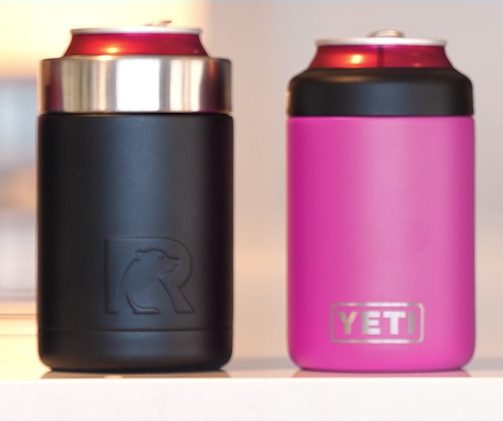
2. Use a Lid
Heat doesn’t just transfer through the sides of the can—it also escapes (or enters) through the top. A lid minimizes two key factors:
- Convection: Warm air circulating over the open can.
- Evaporation: The cooling effect is lost when liquid turns to vapor.
How to do it:
- Opt for koozies with built-in lids or silicone covers.
- No lid? Improvise with a small plate, coaster, or even a napkin to cover the opening.
A sealed lid can extend cooling time by up to 30%, especially in breezy or dry conditions.
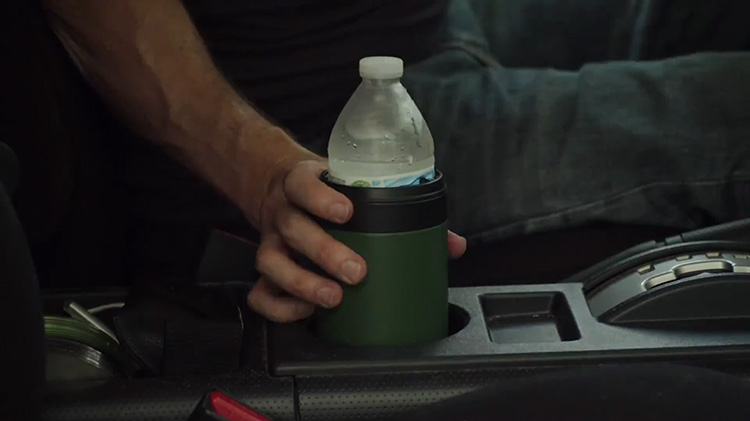
3. Avoid Direct Sunlight
Even the best koozie can’t fully block radiant heat from the sun. Direct sunlight bombards your drink with infrared waves, accelerating warming.
How to do it:
- Keep your drink in the shade—under a hat, umbrella, or picnic table.
- Use koozies with reflective liners (e.g., metallic foil) to deflect sunlight.
- Rotate your drink periodically if shade moves, or wrap the koozie in a damp cloth for evaporative cooling.
By understanding the science behind heat transfer and applying these practical tips, you can turn a simple koozie into a powerhouse of insulation. No more lukewarm beverages—just crisp, cold sips, sip after sip.
FAQs about Can Coolers
1. Can I use a koozie for hot drinks?
Yes! Koozies insulate against heat transfer in both directions. They won’t keep coffee scalding hot, but they can help retain warmth longer for beverages like tea or hot cider.
2. Can I put my koozie in the dishwasher?
Most neoprene and foam koozies should be hand-washed with mild soap and water, while stainless steel models are often dishwasher-safe. Always check the manufacturer’s care instructions.
3. Do can coolers prevent condensation (“sweating”)?
Yes! By keeping the can’s surface closer to its internal temperature, koozies reduce condensation. Neoprene and stainless steel are especially effective at keeping your hands dry.
Conclusion
All in all, a good insulated can cooler makes it possible for you to enjoy a cup of cold beverage wherever you go. You can choose your own koozie according to your specific needs. Custom can coolers are available on our website. Never settle for a lukewarm soda again!
For more information, feel free to message us online or via email at sales@waterbottle.tech. We will respond within 24 hours.

